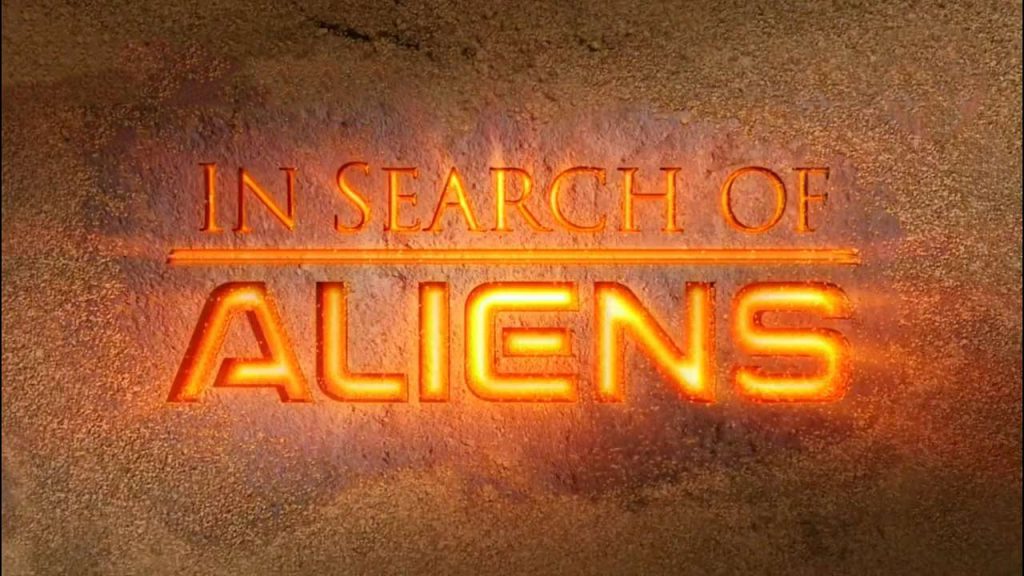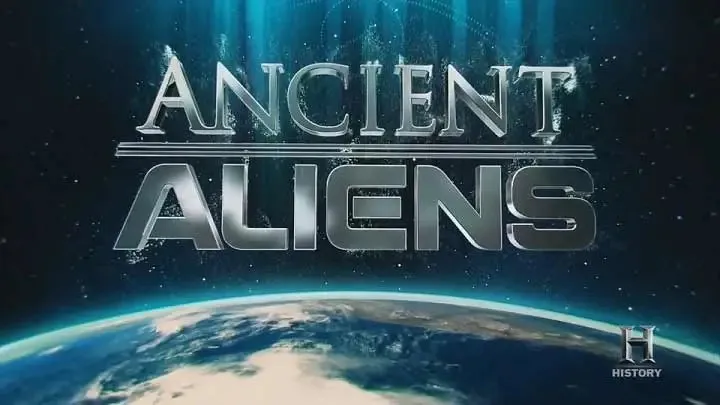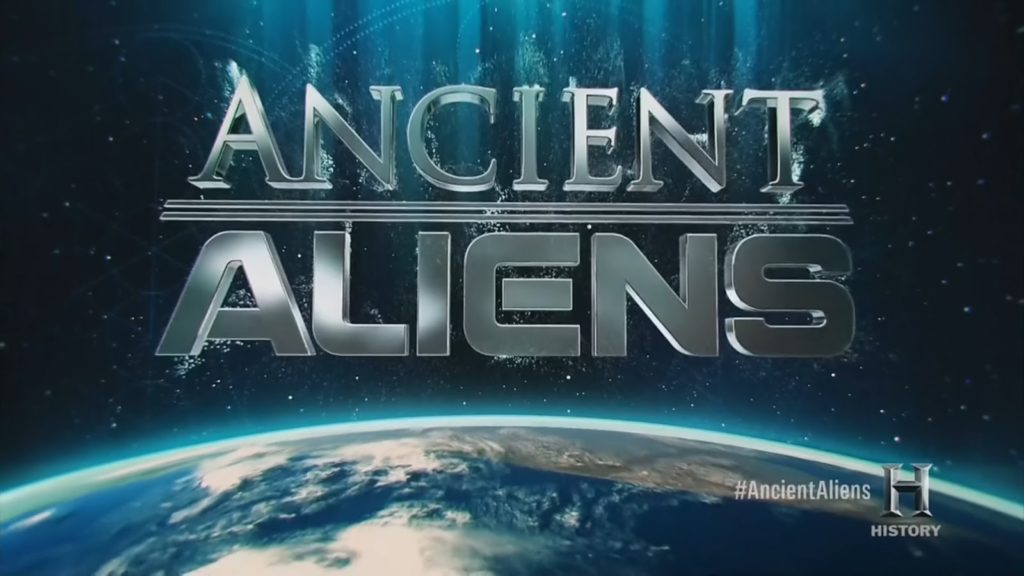In Search of Aliens episode 2 – Nazi Time Travellers: At the height of World War II, the Nazis engaged their top scientists to develop “wonder weapons”–weapons that were so scientifically advanced they could have turned the tide of the war against the Allies. According to testimony, one of the top-secret projects was code-named “Die Glocke.” Die Glocke was believed to be a bell-shaped time travel device that could soar through the sky and eventually reach the speed of light and beyond.
Alternative stream
Did Die Glocke actually exist? And if so, could it have been based on alien technology? Theorist Giorgio A. Tsoukalos travels from Poland to Pennsylvania on the trail of the Nazis’ “wonder weapon.” Did the Nazis find advanced knowledge in ancient texts that enabled them to develop anti-gravity technology? And was the construction of a time travel device made possible by reverse-engineering extraterrestrial technology?
IN SEARCH OF ALIENS follows Giorgio Tsoukalos, an Ancient Astronaut theorist and leading contributor to Ancient Aliens, as he explores the fascinating evidence behind some of the Earth’s most famous mysteries.
In Search of Aliens episode 2 – Nazi Time Travellers
Die Glocke
Die Glocke was a purported top-secret Nazi scientific technological device, secret weapon, or Wunderwaffe. First described by Polish journalist and author Igor Witkowski in Prawda o Wunderwaffe (2000), it was later popularized by military journalist and author Nick Cook who associated it with Nazi occultism, antigravity and free energy research. Mainstream reviewers have criticized claims about Die Glocke as being pseudoscientific, recycled rumors, and a hoax. Die Glocke and other alleged Nazi “miracle weapons” have been dramatized in video games, television shows, and novels.
In his 2001 book The Hunt for Zero Point, author Nick Cook identified claims about Die Glocke as having originated in the 2000 Polish book Prawda o Wunderwaffe (The Truth About The Wonder Weapon) by Igor Witkowski. Cook described Witkowski’s claims of a device called “The Bell” engineered by Nazi scientists that was “a glowing, rotating contraption” rumored to have “some kind of antigravitational effect”, be a “time machine”, or part of an “SS antigravity program” for a flying saucer called the “Repulsine”. Cook proposed that an SS official named Hans Kammler later secretly traded this technology to the U.S. military in exchange for his freedom.
Cook’s publication introduced the topic in English without critically discussing the subject. More recently, historian Eric Kurlander has discussed the topic in his 2017 book on Nazi esotericism Hitler’s Monsters A Supernatural History of the Third Reich. According to reviewer Julian Strube, Kurlander “cites from the reservoir of post-war conspiracy theories” and “heavily relies on sensationalist accounts…mixing up contemporary sources with post-war sensationalist literature, half-truths, and fictitious accounts”.
Giorgio A. Tsoukalos
Tsoukalos is of Greek-Austrian heritage. He is a 1998 graduate of Ithaca College in Ithaca, New York, with a bachelor’s degree in Communications. For several years he worked as a bodybuilding promoter and a volunteer in IFBB sanctioned bodybuilding contests, including Mr. Olympia. He produced and directed the annual IFBB San Francisco Pro Grand Prix from 2001 until 2005.
Tsoukalos appeared on The Travel Channel, The History Channel, the Sci-Fi Channel, the National Geographic Channel, as well as Coast to Coast AM, and was a consulting producer on 23 episodes of Ancient Aliens. He is the co-founder of the former Legendary Times magazine, which was last published in 2008. The magazine featured articles from Erich von Däniken, David Hatcher Childress, Peter Fiebag, Robert Bauval, and Luc Bürgin on the topic of ancient astronauts and related subject matter.
Tsoukalos also hosted the H2 series In Search of Aliens, which ran for one season in 2014.




